The real estate market in Saudi Arabia is evolving rapidly, with multi-billion-riyal projects like NEOM and Diriyah Gate reshaping urban development. The demand for accessible, tech-driven property solutions is rising fast. This shift creates a prime opportunity for agents and brokers to develop a real estate app that meets the needs of modern buyers, renters, and investors.
Think about it—what if users could browse, rent, or invest in property right from their phones, without stepping into a real estate office? With features like AI-driven suggestions and virtual tours, real estate apps are changing the game in Saudi Arabia.
Saudi Arabia’s real estate market is projected to hit USD 74.99 billion by 2025, with continued growth at a CAGR of 7.89%, reaching USD 109.63 billion by 2030.
But developing one for the Saudi market goes beyond building features. It requires deep knowledge of user preferences, compliance with local regulations, Arabic language support, and a strategy rooted in regional insights.
In this blog, we’ll show you how to develop a real estate mobile app solution that meets the expectations of Saudi users—and thrives in the market. So, let’s get started!
Key Reasons to Develop a Real Estate App in Saudi Arabia
The Saudi real estate market is rapidly changing, and the key to this change is mobile technology. The young population well-versed in technology, the nationwide digitally transforming initiative, and multi-billion-dollar development projects in line made real estate applications a necessity, not an option anymore.
Here are significant reasons for launching a real estate app meant for Saudi Arabia at this very moment:
- Real estate market worth $130.8 billion by 2033
The current residential real estate market in Saudi Arabia is worth $71.8 billion in 2024, which is expected to grow up to $130.8 billion by 2033 (IMARC Group) at a 6.9% CAGR. This growth suggests a great need for effective and easy-to-use digital-first platforms for property needs.
- NEOM and other Giga projects driving demand
Mega-projects like NEOM (US$ 500 B), Qiddiya (US8B), and Red Sea Global (US$ 5 B+) appeal to local and foreign investors. Such projects are fueling new requirements for housing, business spaces, and tourist accommodations, which align well with the rise of online property services.
- 70% Target Home Ownership Level by 2030
Currently, homeownership is approximately 60% in Saudi Arabia, and the government envisions increasing this number to 70% by 2030. Apps can smooth out the entire home-buying journey-from browsing listings to the financing process.
- Aggressive Push Towards Digital Transformation (Vision 2030)
The Vision 2030 agenda is clear on the digitization of every sector in Saudi Arabia, which even goes as far as real estate.
What Features Make a Real Estate App Stand Out in the Saudi Market?
The real estate market in Saudi Arabia is witnessing a boom, and buyers are increasingly willing to go digital. An app that is nicely built with active and intelligent features will help users explore, compare, and invest with ease. Here’s a breakdown of essential features your real estate app needs to stand out in the Kingdom.
| Feature | Purpose | User Benefit |
| Interactive Map Integration | Shows nearby amenities like schools, hospitals, and markets | Helps users evaluate the neighborhood easily |
| Agent & Agency Profiles | Displays verified agent info, listings, and reviews | Builds trust and streamlines communication |
| Saved Listings & Favorites | Let’s users bookmark and compare properties | Simplifies decision-making and improves engagement |
| Schedule Viewing Appointments | Enables booking of virtual or in-person tours | Makes it easy to plan property visits |
| In-App Chat & Call | Provides direct messaging and calling options | Improves agent-buyer communication instantly |
| Arabic & English Support | Offers full bilingual, culturally adapted UI | Expands reach and ensures better accessibility |
| Document Uploads & E-Signatures | Supports secure upload and digital signing of documents | Speeds up the buying/renting process |
| Analytics Dashboard (Admin Panel) | Shows listing views, interest, and conversions | Helps property managers optimize performance |
| Advanced Search Option | Allows filtering by price, size, type, and amenities | Enables users to find properties that match their needs quickly |
| 360° Property View | Provides immersive virtual property tours | Enhances online property exploration |
| Property Listings | Showcases detailed property info with images and descriptions | Offers users a complete view of each property |
| Payment Integration | Supports deposits and payments via secure gateways | Offers convenient in-app transaction handling |
| Online Property Assessment | Calculates estimated property values digitally | Assists in making informed investment decisions |
| Push Notifications | Sends alerts for new listings, price changes, and promotions | Keeps users actively engaged and up to date |
Step-by-Step Guide to Develop a Real Estate App for the Saudi Market
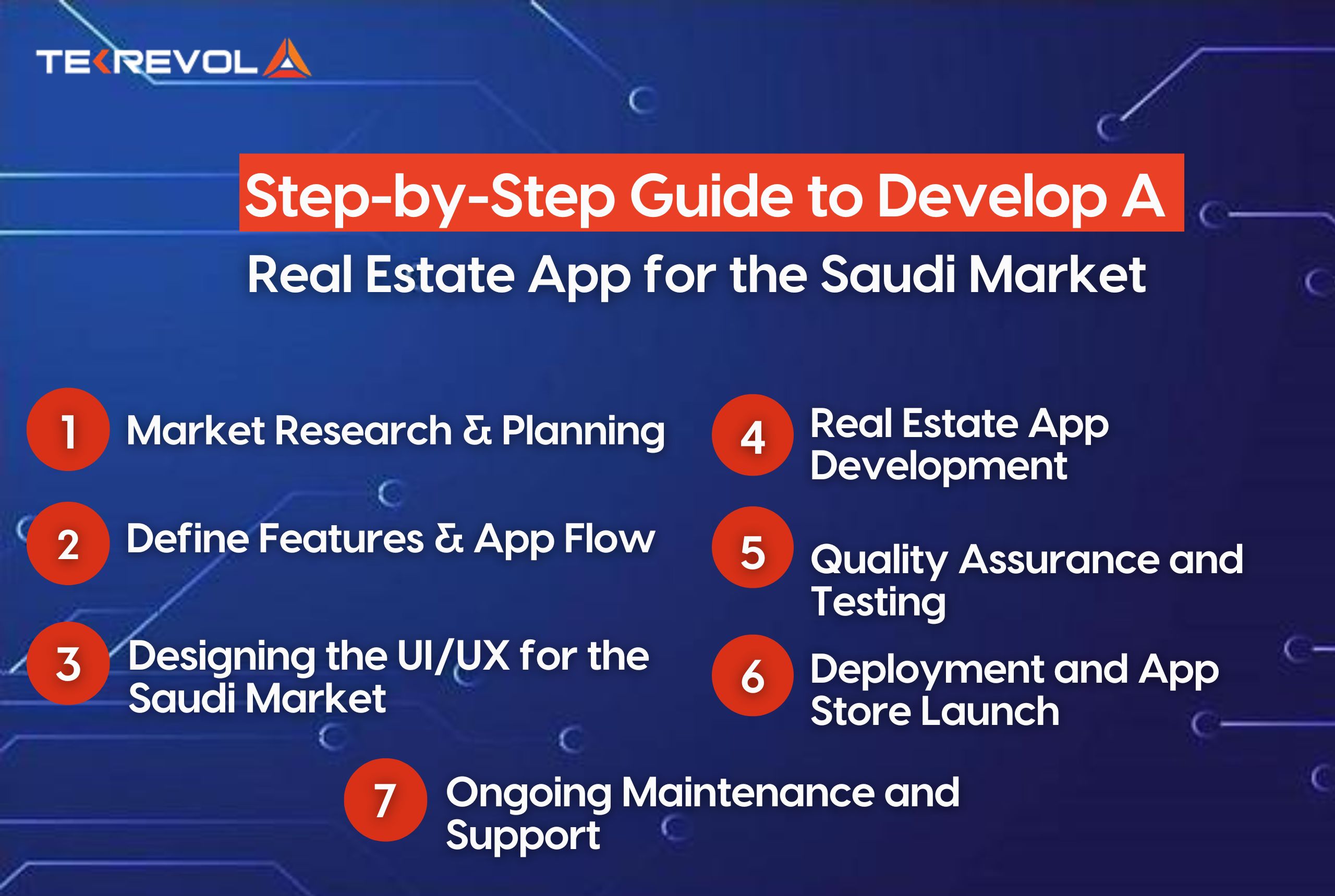
Creating a mobile app specifically for Saudi users will give a real estate agency or developer much more outreach, enhancing customer experience and facilitating business operations. Here’s a comprehensive guide to developing a successful real estate app tailored to the needs of the Saudi market.
Step 1: Market Research & Planning
Before getting into the actual development process, it is important to understand the outlook of the market. For a property app development in KSA to succeed, it must solve problems related to some local needs and wishes, in relevance with the ones from expatriates. Here’s how to start:
Target Audience Analysis: Is the app for property buyers, tenants, real estate agents, or developers? Feature selection for the app should thus consider these user groupings.
Competitor Analysis: Local competitors like Property Finder, Bayut, and Aqarat must be carefully studied to envision current market trends and user demands. This study will tell you what is working and what is not.
Identify and Define the Unique Selling Proposition: How will your app be different? Will it enhance AI-based property recommendation? Will payment integration be in place? Will there be any unique property features, such as virtual tours?
By the end of this phase, you should expect to have clear targets for the users you wish to target, the features you want to implement, and the app’s positioning within the Saudi real estate market.
Step 2: Define Features & App Flow
In defining the features to be integrated into your real estate app, give focus to creating an intuitive user experience that accelerates property search, renting, and buying. The essential steps include:
Core Features:
- Property Listings (with images, descriptions, and pricing)
- Advanced Search Filters (e.g., location, price, amenities, property type)
- 360 Virtual Tours
- Saved Listings & Favorites
- AI-based recommendations
- Interactive Maps (showing nearby amenities)
- Agent/Agency Profiles and Reviews
- Payment Integration (secure payment methods like Mada, Apple Pay, or credit cards)
- Push Notifications (alerts for new listings, price drops, etc.)
- Chat Feature (direct communication between agents and users)
- In-app Appointment Scheduling (viewing appointments)
User Flow: Show how users will navigate through the application, from searching for properties to deciding. Use wireframes or flowcharts to visualize this journey, ensuring a smooth experience for your users.
Outcome: The detailed list of app features, as well as a documented user flow, will serve as a design roadmap for the project’s developers.
Step 3: Designing the UI/UX for the Saudi Market
When designing the user interface and experience for a real estate app in Saudi Arabia, the primary focus should be on simplicity, relevance, and cultural alignment.
Localized and Intuitive Layout: Design an uncluttered, easy-to-navigate interface for the user, with instant access to the core components like filters, maps, and properties saved. Also, include the app’s Arabic (RTL) and English versions.
User-Centric Design: Make the app for the Saudi end user who needs property viewings. Prioritize what’s closest to the most important items: discerns images, offers intelligent search options, and smooth browsing of villas, apartments, and commercial spaces.
Accessibility Built-In: Ensure the app works for everyone, including users with disabilities. Include screen reader support, voice search, readable fonts, and proper color contrast for an inclusive experience.
Step 4: Real Estate App Development
This phase involves turning the entire strategy and design into a functioning digital solution so that users can have access to it and rely on the application.
Front-End Development:
Focus on creating a smooth user interface that is filled with pleasant visuals and engages with a responsive interface. It should load quickly and perform well regardless of the number of devices a user is using and, at the same time, have the same experience available both in Arabic and English.
Back-End Development:
Invisible to the user, your application would need a solid infrastructure for managing listings, user profiles, property data, and secure communication. If a local property database or MLS systems are available, integrate with them to make sure that everything runs reliably and as intended.
Secured Payment Integrations:
Integrate trusted Saudi payment gateways such as Mada, Apple Pay, and STC Pay into your app to support paid listings, subscriptions, or any financial transactions, ensuring both security and user convenience.
Follow Your Development Road Map:
Follow original schedules as far as timelines and features are concerned. Regular updates, testing cycle, and milestone reviews will ensure that what finally comes out of the oven will be the dream project you envisaged.
Work with a reputable mobile app development company
Partnering with a reputable Real estate app development company ensures your real estate app is built with the right expertise, technology, and local market understanding. Their experience can help you avoid costly mistakes and deliver a high-quality, scalable solution.
Step 5: Quality Assurance and Testing
Before your application goes live, rigorous QA and testing are performed so that your users can have a smooth and secure viewing experience.
Identify and Resolve Issues Early: Thorough testing should identify bugs, crashes, or inconsistencies in the UI before the user uses it.
Assured High Performance: Try your app in different conditions to ensure fast load times, steady navigation, and good behavior, even under peak usage.
Securing the user’s data: It is very important to perform security testing when it comes to personal information and payment processing. Your application will adhere to both the worldwide and Saudi Arabian data protection standards.
Step 6: Deployment and App Store Launch
Once the testing is complete, it’s time to take your real estate application to the market.
Submit to App Stores: Ensure your app adheres to all Apple and Google Play policies before submission to avoid unnecessary delays in getting it live.
Engage ASO for Increased Discoverability: App Store Optimization is crucial. Use clear descriptions, local keywords (including Arabic for Saudi users), high-quality screenshots, and an eye-catching app icon to improve visibility.
Run an Aggressive Launch Campaign: Create noise for your app with social media, real estate blogs, email newsletters, and digital ads, driving engagement with current customers and adding new users through customized marketing strategies.
Step 7: Ongoing Maintenance and Support
Deployment of an app is just the beginning of an engagement cycle that will last forever.
Offer Responsive Support: Make sure users can easily report technical issues, account-specific problems, or general inquiries through your app’s customer support.
Be Attentive to Feedback and Usage: You need to carefully watch app reviews, analyze user behavior, and respond to feature requests. From these insights, you can prioritize what needs to be improved and fix problems as soon as possible.
Keep Evolving: Keep putting out new features and enhancing performance. Better for user experience, plus it will keep the app taking part in the very dynamic Saudi real estate market.
Monetization Strategies for Real Estate App Development in Saudi Arabia
The prospects of launching a real estate app in Saudi Arabia are enormous, but a good monetization scheme will eventually turn those prospects into sustainable income. Whether your app connects buyers and sellers, promotes rental listings, or supports investment properties, monetization should always be handled with thoughtfulness, balance, and a keen focus on the user experience.
Here are three tested and proven models:
1. Subscription Features – Offer Premium Value
One of the most common monetization strategies in a real estate app is a premium subscription model. While the core app continues to remain free to download and use, advanced features, like early listing access, additional filters, or property insight, could be placed behind a paywall that users subscribe to either monthly or yearly.
Why it works in Saudi Arabia:
With an increasing number of real estate investors and renters actively exploring the digital platforms, many would pay for a means to ease their property search.
Tips for Success:
- Provide some sort of a free trial to gain customer confidence.
- Have different tiers (for instance, individuals, agents, and developers).
- Make the free version still useful so it can grow organically.
2. In-App Advertising – Drive Revenue Without Charging Users
For strategic advertising, this provides an avenue for consistent income without charging users. This model permits advertisers to target relevant brands like mortgage companies, home improvement services, and moving companies as advertisements in the app.
Key Considerations for the Saudi Market:
With the rapid growth of the Kingdom’s real estate sector, many service providers in this field are looking for various platforms for advertising. This suggests an opening for precise and industry-related advert placement.
Best Practice:
- Avoid anything annoying for the user experience.
- Ads shown by Target are intelligently tailored based on individual user behavior and interests.
- Business leaders sometimes lean toward ad-free environments for external tools and services.
3. The Commission Model – Earn on Each Transaction
If your app facilitates property transactions—rentals, sales, or leases—you may wish to consider a commission-based model wherein you earn a percentage from successful deals. This is akin to the traditional approach of the real estate industry via digital channels.
Relevance to Saudi Arabia:
There has been a surge in new housing projects, for which Vision 2030 demands smart cities, wherein users are now more inclined toward digital tools in managing real estate deals. You have the app serving as a middleman.
Implementation:
- Specify the commission rates to encourage user trust.
- Give added value in regards to online mortgage calculators, legal documentation, or virtual tours of properties.
- Make the transaction process as easy as possible to encourage conversions and repeat use.
Cost Guide: Building a Real Estate App in KSA
Developing a real estate app in Saudi Arabia demands careful planning and a comprehensive understanding of associated expenses. Prices vary depending on features, complexity, design standards, and integration methods. An examination of expected costs is provided below so that you can better understand budgeting for real estate applications.
| App Complexity Level | Estimated Cost (SAR) | Development Timeframe | Key Features Included |
| Basic Apps | SAR 112,500 – SAR 225,000 | 2-3 months | Property listings, search filters, user registration, basic admin panel |
| Medium Complexity Apps | SAR 225,000 – SAR 450,000 | 3- 6 months | Advanced search, map integrations, chat support, agent profiles, push notifications |
| Complex Apps | SAR 450,000 – SAR 750,000 | 6- 9+ months | AI-powered recommendations, 3D virtual tours, secure payments, real-time analytics, multi-role dashboards |
Note: These cost ranges are general estimates. Actual development expenses may fluctuate based on your unique project scope and technical demands.
- Planning your budget for a real estate app in Saudi Arabia?
- Discuss your project with our team to get a precise estimate or use our cost calculator.
Why Choose Tekrevol For Your Real Estate App Development in Saudi Arabia?
If you’re planning to enter Saudi Arabia’s thriving real estate market with a powerful mobile app, TekRevol is your trusted technology partner. We specialize in building scalable, user-centric digital products tailored to local business needs and market trends.
Deep Understanding of Local Market
We understand Saudi Arabia’s real estate market. Our design decisions take into account cultural relevance, user behavior, and regulatory requirements, ensuring your app feels local and performs globally.
Cutting-Edge Technology Stack
Our team leverages AI, machine learning, blockchain, AR-VR, and big data analytics in making property recommendations, virtual tours, and secure transactions smarter in the real estate domain.
Latest Technology Integrations
TekRevol has always kept up with well-timed incorporation of the latest technological interventions, such as chatbots for instant support, smart search filters, geolocation features, and IoT-enabled property automation, to enhance user engagement and retention.
Local Payment Gateways and Arabic Support
A seamless localized experience is ensured by the integration of leading Saudi payment gateways, including Mada, STC Pay, and Apple Pay, along with Arabic language support to encourage a native user experience.
Full-Cycle Development Services
From wireframing to launch and ongoing updates, TekRevol provides end-to-end services for app development, including full QA testing, performance optimization, and App Store and Google Play policy compliance.
Proven Track Record
We have delivered real estate platforms with top-notch performance, meeting markets worldwide. Therefore, our experience provides intuitive UI/UX frameworks, scalable back-end architecture, and successful user adoption.
Continuous Support & Growth Strategy
The post-launch support offered by us consists of regular updates, feature upgrades, performance insights, and marketing information to ensure that the app continues growing in alignment with user needs and industry shifts.
- Have a real estate app idea for the Saudi market?
- We help you develop powerful, tech-driven apps with local integrations and global standards.

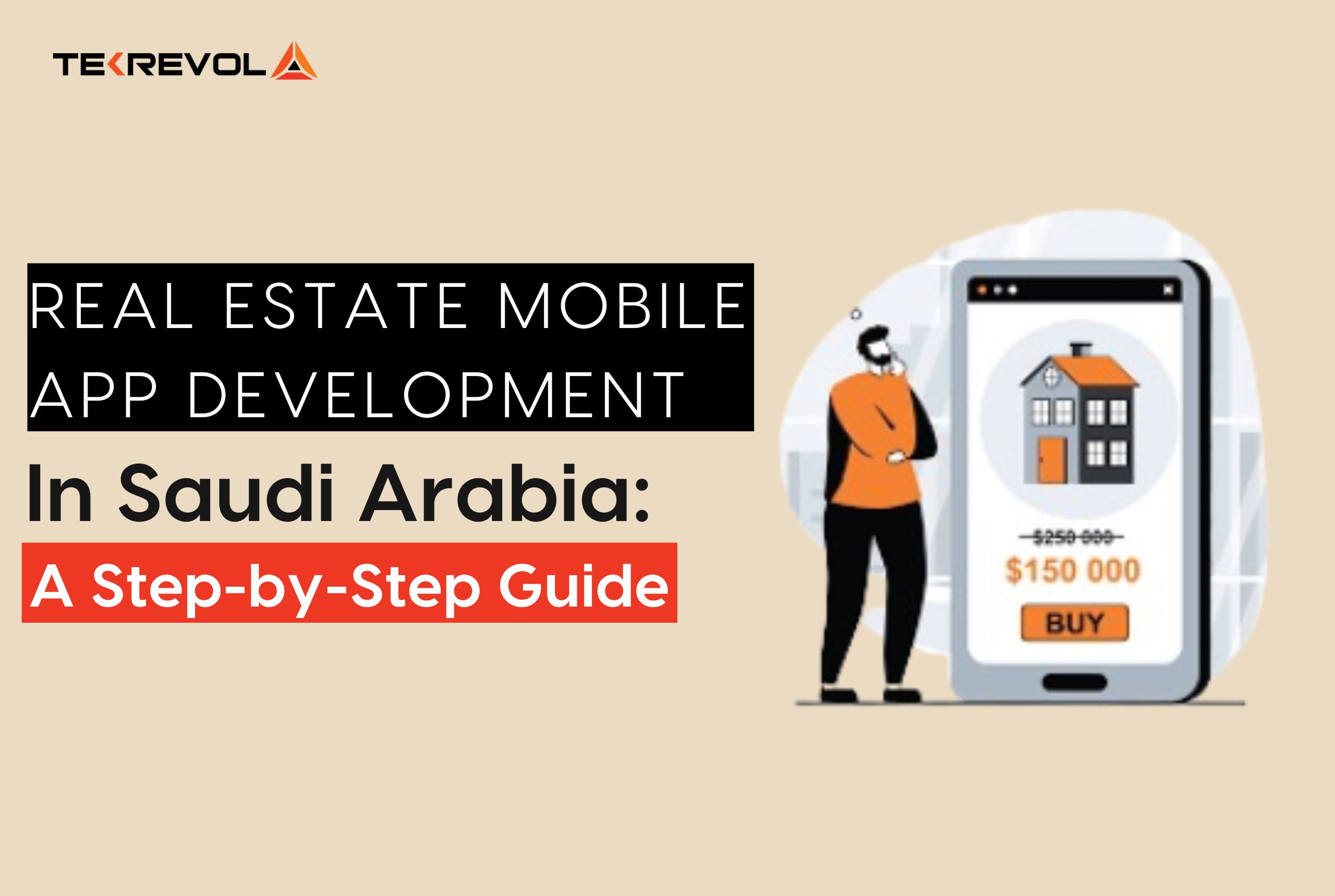


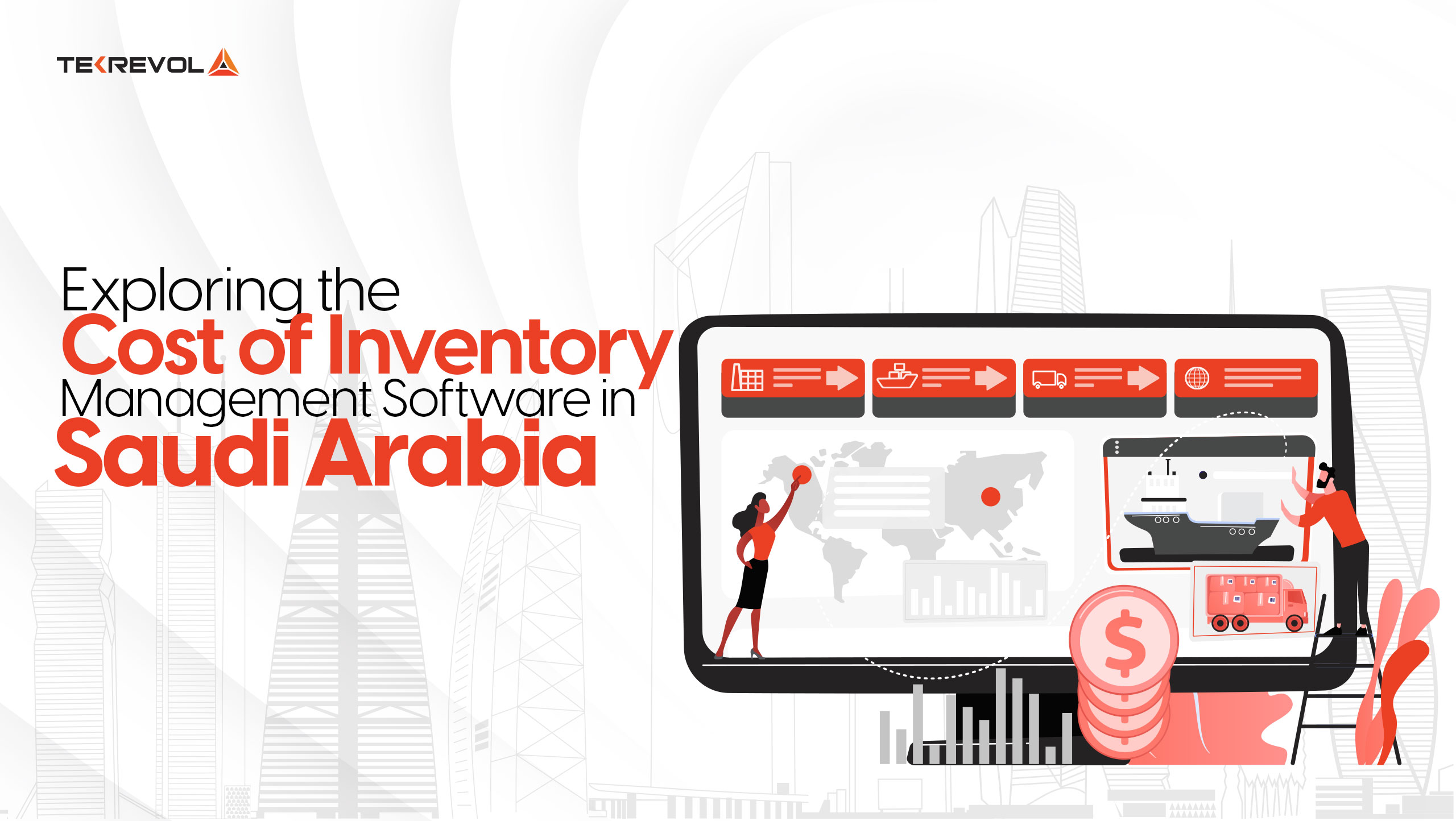
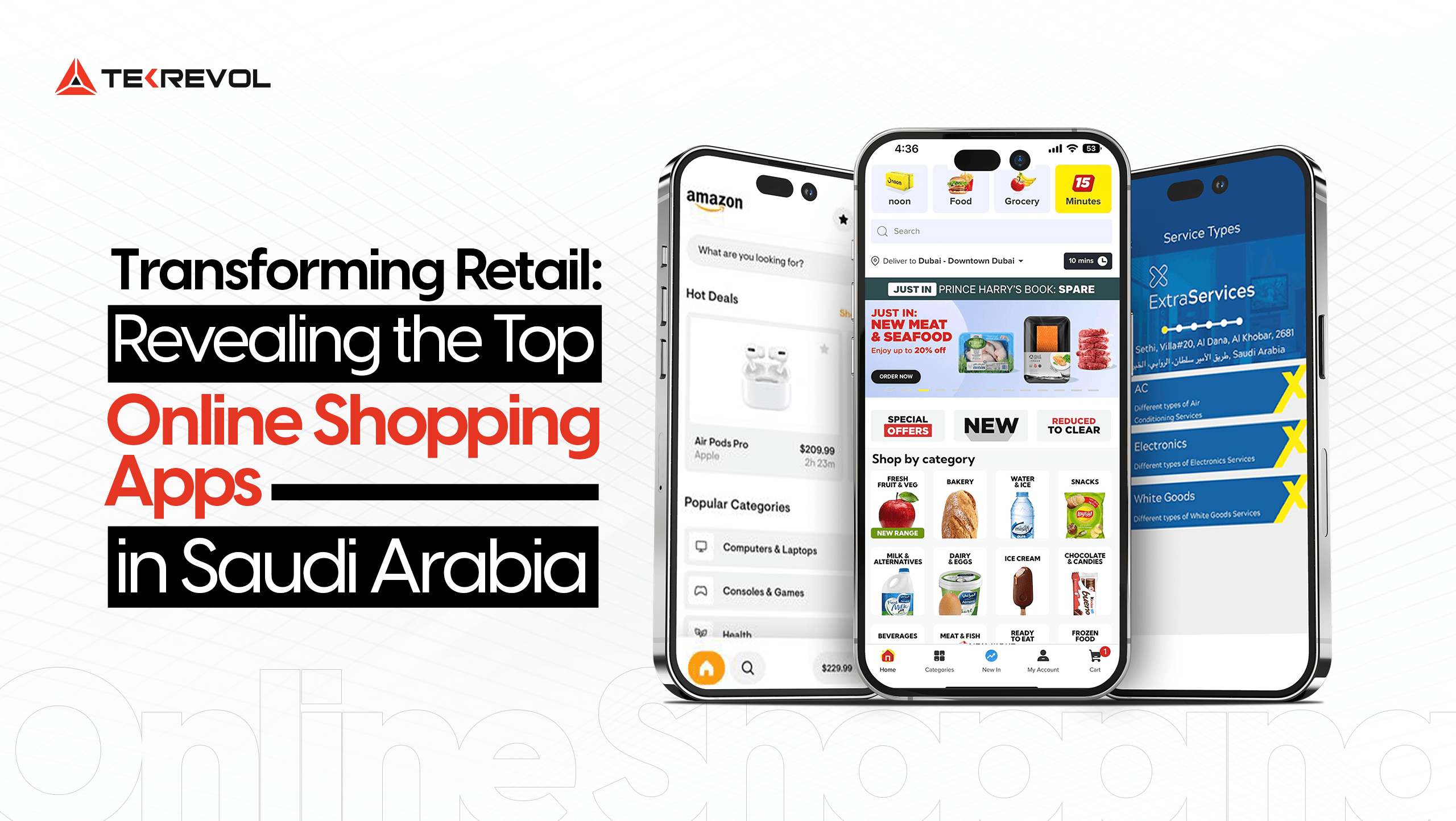
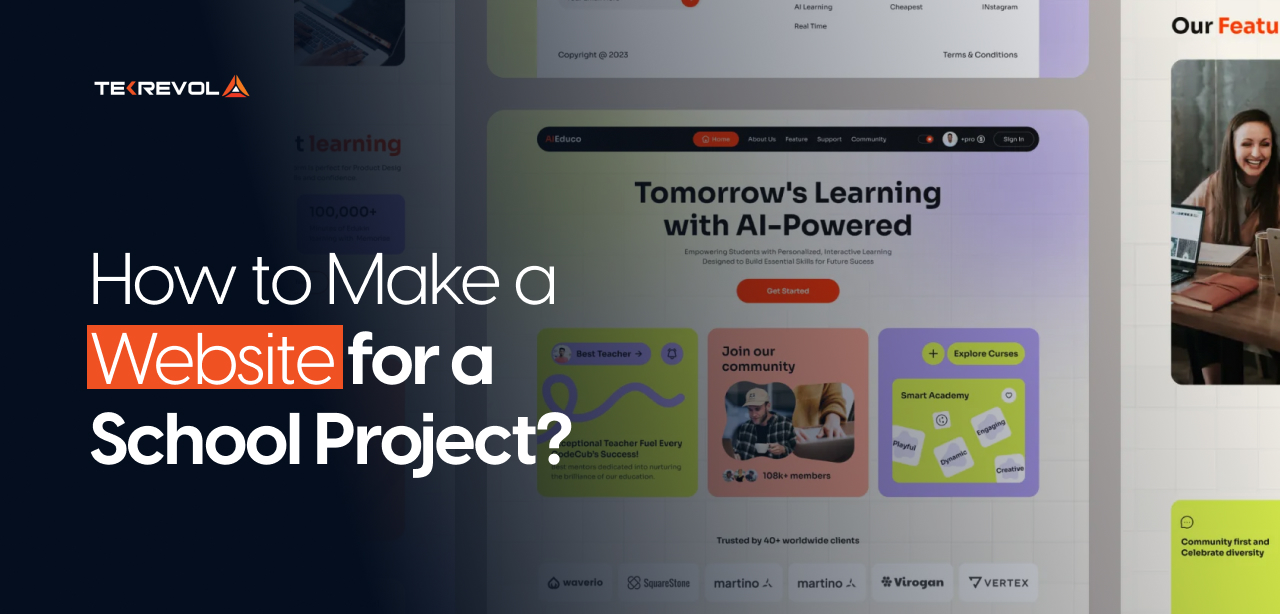
![What is Visual Regression Testing [2025 Definitive Guide]](https://d3r5yd0374231.cloudfront.net/images-tek/uploads/2025/11/Feature-19.jpg)



